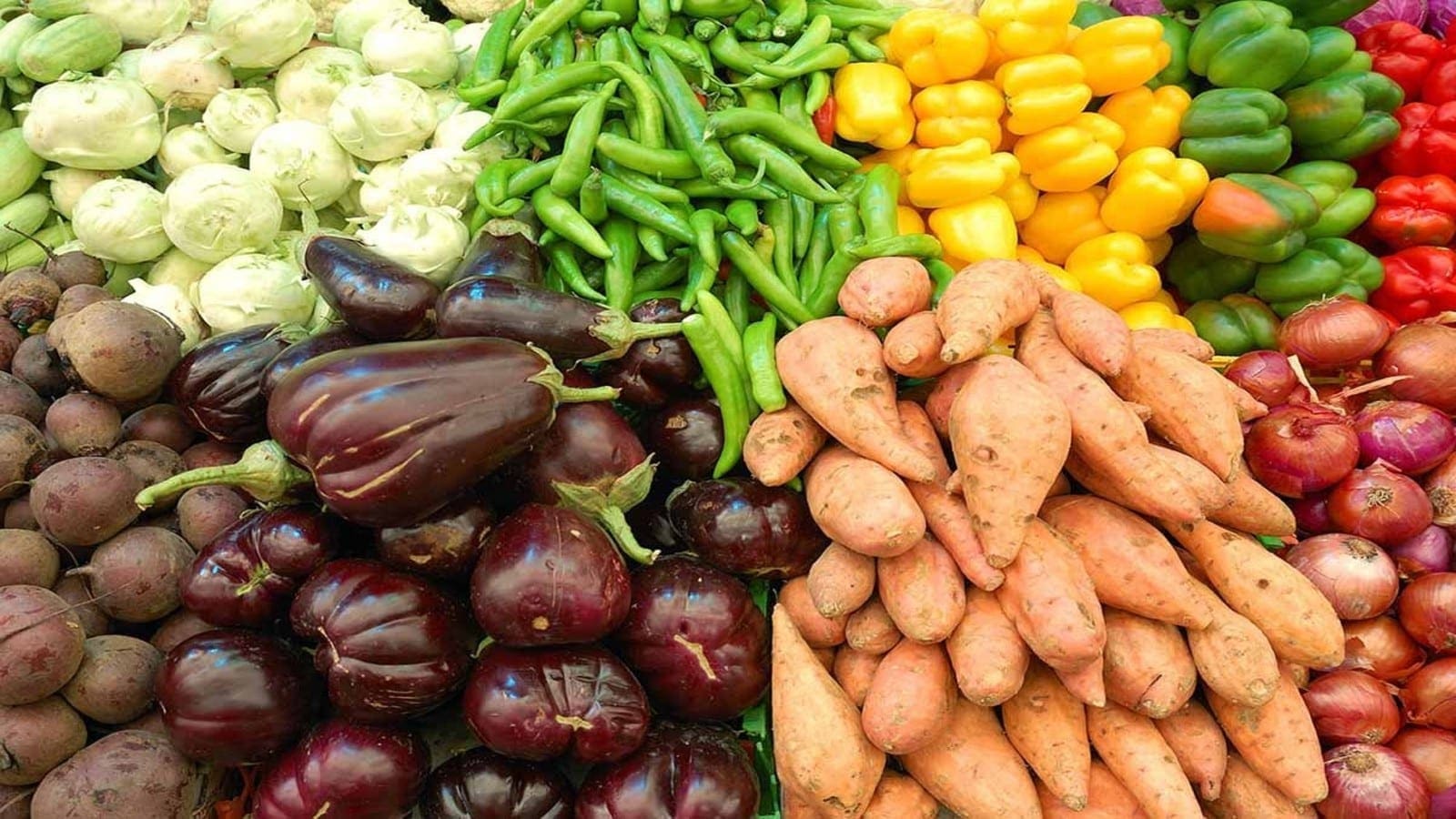WORLD – The World Health Organization (WHO) has discussed plans to include food safety indicators in the 2030 Sustainable Development Goals (SDGs) to track global and national progress and to reduce the health burden from unsafe food.
Food safety Indicators are principles and guidelines for monitoring the performance of national food control systems.
They could be introduced during the 2025 SDG review due to the links food safety has with SDGs on zero hunger, good health and wellbeing, and economic growth.
Francesco Branca, director of the Department of Nutrition and Food Safety at WHO, said the Food Systems Summit in September has identified food safety as an important area.
“WHO has been working on the idea of an indicator as part of the revamp of the global food safety strategy. We would like to suggest three indicators accompanied by three targets,
“There is a lot of energy around the idea of having food safety well-monitored and establishing targets. We need to start from somewhere and establish a first set of indicators but we need to be sure this is something we will update periodically,” Branca said.
One target is a 40 percent reduction in foodborne diarrheal disease by 2030 indicated via an incidence estimate per 100,000 people.
Another process indicator covers improving average capacity scores for national foodborne disease surveillance.
Samira Asma, assistant Director-General for Data, Analytics and Delivery at WHO, said people need to think how there can be a move from an outbreak response to be more proactive, to improve food safety and know a measurable impact in countries is being made.
“If we can manage to introduce a comprehensive index or indicator that is simple, easy to interpret, standardized, reliable enough to measure progress and builds country capacity and not add data collection burden on countries it could truly be a game changer,
“There are a couple of steps we need to take into consideration. One is justification: Why are we suggesting the introduction of a new indicator into SDGs? The review is going to happen in 2025 but we need to do the work in advance for a new indicator to be introduced into WHO’s general program of work in May 2022,” she said.
Asma further stated that there is precedence with antimicrobial resistance being added as an indicator in the SDGs.
The executive director of the Global Alliance for Improved Nutrition (GAIN) disclosed that there are five food safety themes being developed with the first one being the food safety indicator.
If combined with a food safety index, which is a dynamic quantitative and qualitative benchmarking model that provides an objective framework for evaluating food safety, it can help in creating a ranking system.
This will bring to the limelight countries progressing in the food safety area and also highlights countries that need to pull up hence enabling focus of resources in the needful places.
The Food Safety and Standards Authority of India (FSSAI) has already implemented the use of a food safety index in tracking the country’s food safety progress.
The other themes focus on development of food safety system innovation facilities and promoting food safety solutions and affordable rapid testing toolkits.
Finally, a global network for innovation and capacity building which will help in thriving and strengthening skills in a fast-changing world.
Validation studies have indicated a need to advance the ability of the parameters to distinguish between countries with below average to average food safety systems, and the requirement for a capacity boost in collection and submission at country level for better data availability.
Pawan Agarwal, former CEO of FSSAI remarks that unless there is a relationship between indicators and what actions are required to be taken, that indicator may not be so useful.








